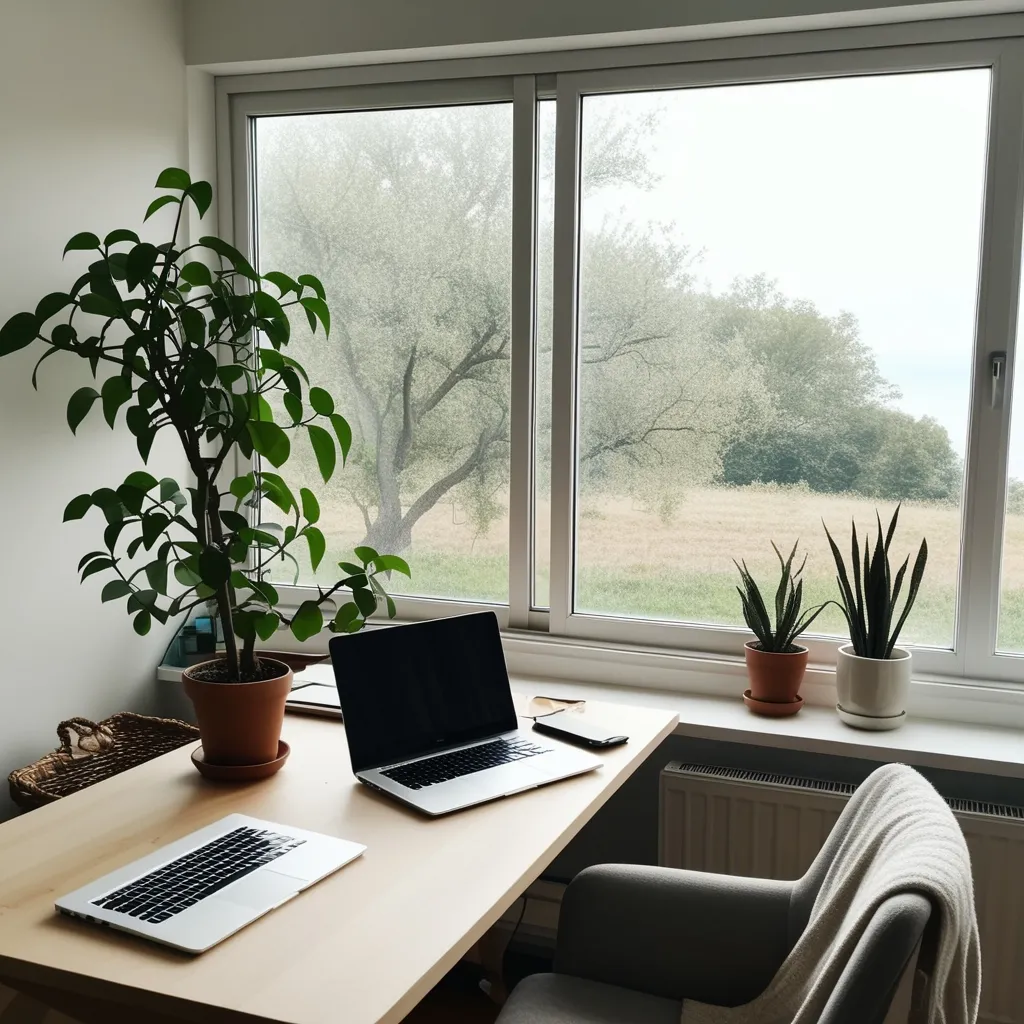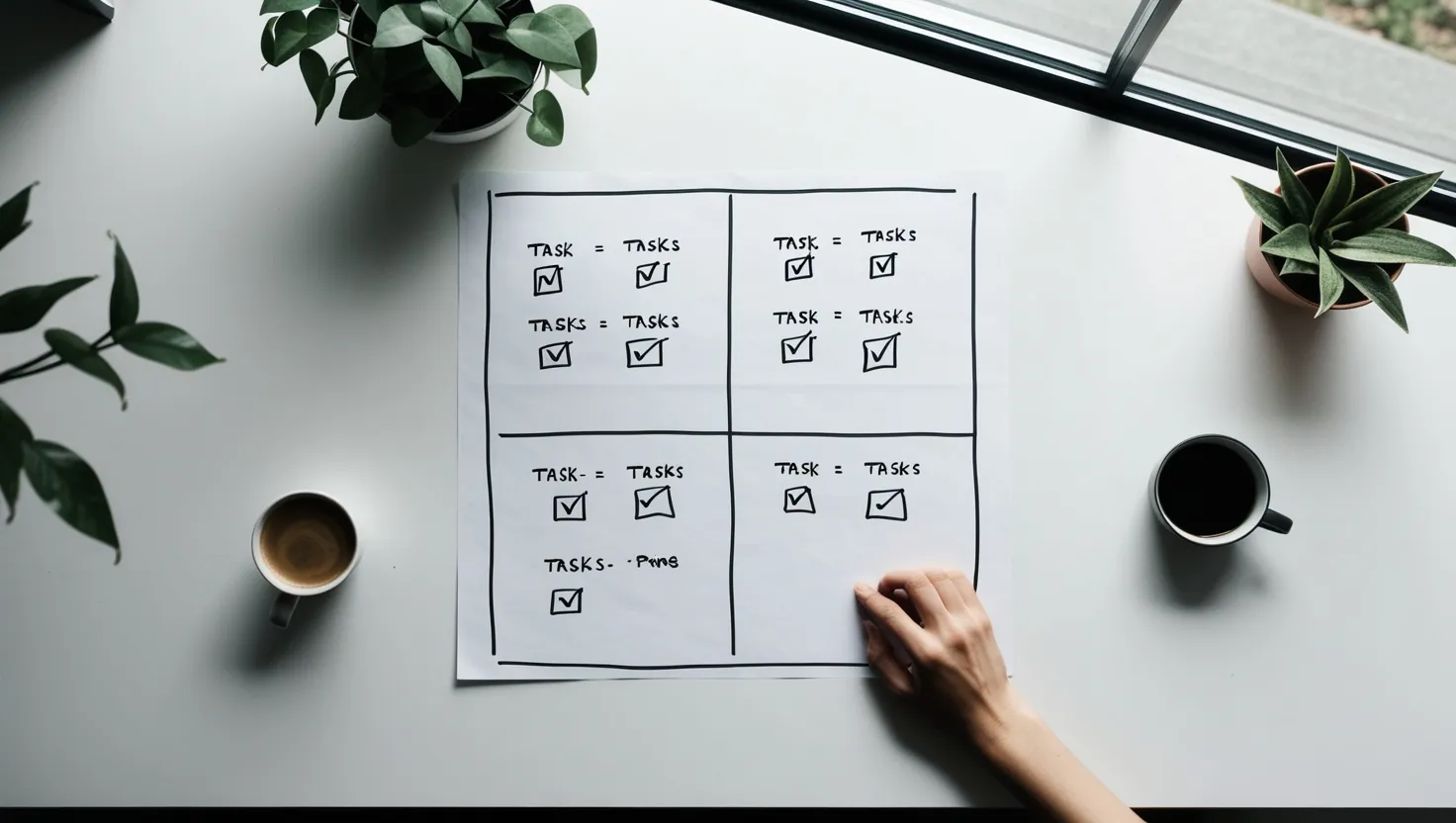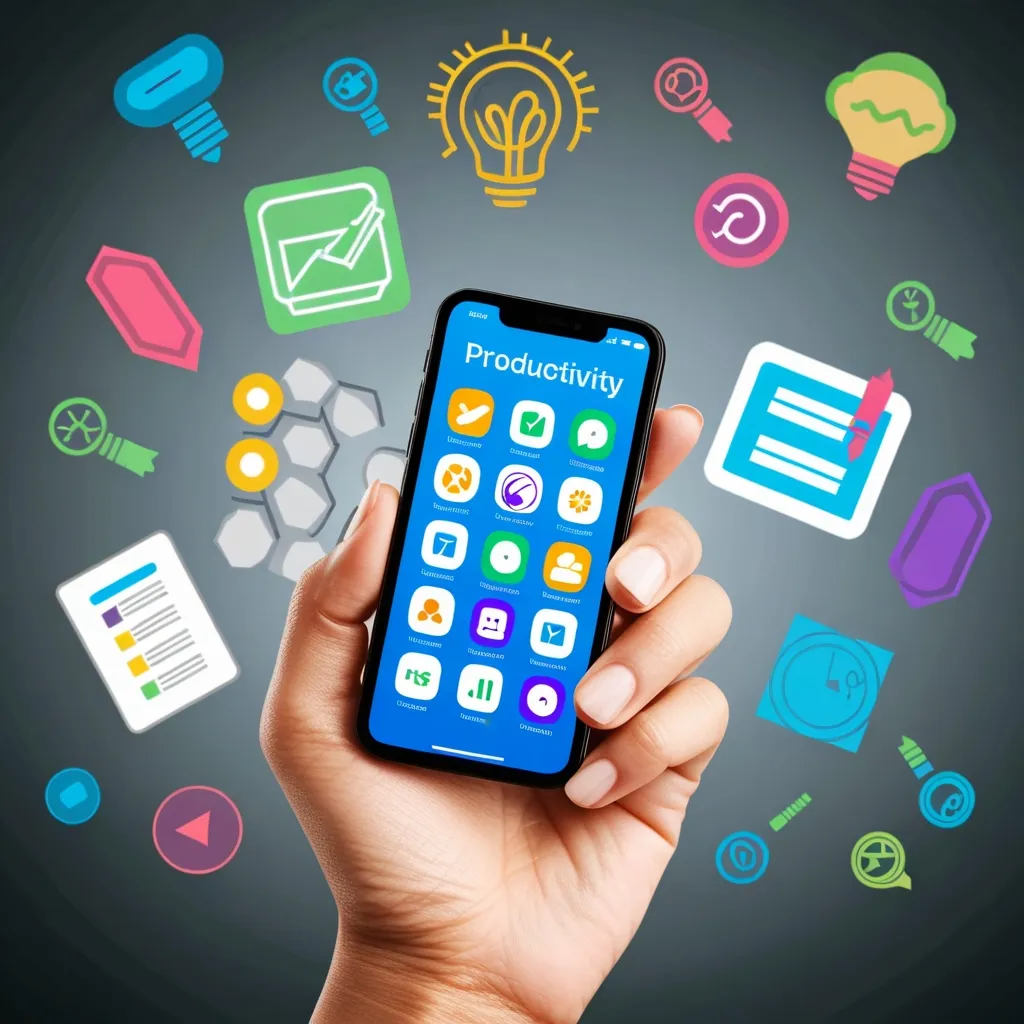In the vast and intricate world of ideas, there’s a fascinating concept that borrows from the realm of quantum physics: the idea of superposition. Imagine a scenario where ideas, much like quantum particles, can exist in multiple states simultaneously. This is not just about brainstorming or traditional creative techniques; it’s about applying the principles of quantum mechanics to the generation and dissemination of viral content, including memes.
The Quantum Nature of Ideas
To understand this concept, let’s delve into the basics of quantum superposition. In quantum mechanics, particles can be in multiple states at the same time until they are observed. For instance, the famous Schrödinger’s cat can be both alive and dead until the box is opened. Applying this to ideas, we can envision a mental space where multiple variations of an idea coexist without the need for immediate judgment or selection.
The Mental Particle Accelerator
Think of this process as a mental particle accelerator, where concepts are collided to spark unexpected combinations. When you allow ideas to exist in a state of superposition, you create a fertile ground for innovation. This approach is akin to running multiple experiments in your mind simultaneously, each with its own set of variables and outcomes.
Rapid Iteration and Evolution
The beauty of this method lies in its ability to facilitate rapid iteration and evolution of ideas. Instead of focusing on a single great idea, you nurture a swarm of potentials that can adapt and spread organically. This is particularly useful in the realm of viral content, where the goal is to create something that resonates across diverse audiences.
Crafting Multifaceted Ideas
When you apply the concept of superposition to idea generation, you end up crafting ideas that inherently contain multiple interpretations. This multifaceted nature makes the ideas more relatable and engaging, as different people can connect with different aspects of the same idea. For example, a meme that can be interpreted in several ways is more likely to go viral because it appeals to a broader range of people.
The Quantum Meme Lab
Imagine a lab where creativity is not about finding one perfect idea but about generating a multitude of possibilities. Here, the process is more about exploration than destination. You start with a core concept and then allow it to branch out into various directions, each direction representing a different state of the idea.
Enhancing Creativity
This approach challenges traditional linear thinking by encouraging ambiguity and potential. It reduces the pressure of coming up with a single, perfect idea and instead fosters an environment where creativity can flourish freely. In this quantum meme lab, you are not limited by the constraints of conventional thinking; you are free to explore and combine concepts in ways that might seem unconventional but are highly innovative.
Practical Applications
So, how can you apply this concept in your daily life? Let’s say you’re working on a marketing campaign and need to come up with a catchy slogan. Instead of brainstorming a single slogan, you could generate multiple variations and let them exist in a state of superposition. This means you’re not immediately judging or discarding any of the slogans; you’re allowing them to coexist and evolve.
For instance, if you’re promoting a new eco-friendly product, your slogans might include:
- “Go green, save the planet.”
- “Eco-friendly living for a better tomorrow.”
- “Sustainable choices for a greener future.”
By keeping these slogans in a state of superposition, you can see how different audiences react to each one and then refine or combine them based on the feedback.
Leveraging Quantum Principles in Content Creation
In content creation, whether it’s writing, designing, or even coding, applying quantum principles can lead to innovative and engaging outputs. For digital artists, this means generating unique, high-quality images by specifying various elements and letting the system process them using quantum algorithms. This approach can result in artistic pieces that are not only visually striking but also contain multiple layers of interpretation[2].
Real-World Examples
Consider the example of a digital artist creating a futuristic cityscape. By inputting different styles, color schemes, and themes, the artist can generate a series of unique images, each representing a different state of the idea. This process allows for rapid experimentation and iteration, leading to the creation of artwork that is both novel and captivating.
In another scenario, a VR game developer might use quantum-enhanced algorithms to design intricate, lifelike environments. By exploring a vast space of possibilities, the developer can create diverse and visually striking environments that enhance the immersive experience of the game.
The Power of Ambiguity
One of the key benefits of applying superposition to idea generation is the ability to embrace ambiguity. Traditional thinking often seeks clarity and precision, but in the quantum realm, ambiguity is a strength. It allows for multiple interpretations and connections between seemingly unrelated concepts.
For example, in a brainstorming session, instead of immediately dismissing an idea as impractical, you allow it to coexist with other ideas. This can lead to novel connections and insights that might not have been possible through traditional linear thinking.
Adaptive Leadership and Innovation
This approach to idea generation aligns well with adaptive leadership principles, which emphasize flexibility, collaboration, and learning in response to changing environments and complex challenges. By applying quantum principles, leaders can foster a more open and inclusive environment for innovation and problem-solving[4].
Conclusion
In a world where ideas can exist in multiple states simultaneously, the possibilities for creativity and innovation are endless. By harnessing the concept of superposition, you can create a mental space where ideas can evolve rapidly and organically. This is not just about generating viral content; it’s about creating a quantum phenomenon where ideas resonate across diverse audiences and adapt to changing environments.
In this quantum meme lab, creativity is not a destination; it’s a continuous process of exploration and innovation. So, the next time you’re brainstorming or generating ideas, remember to let them exist in a state of superposition. You might just create something that changes the game.






